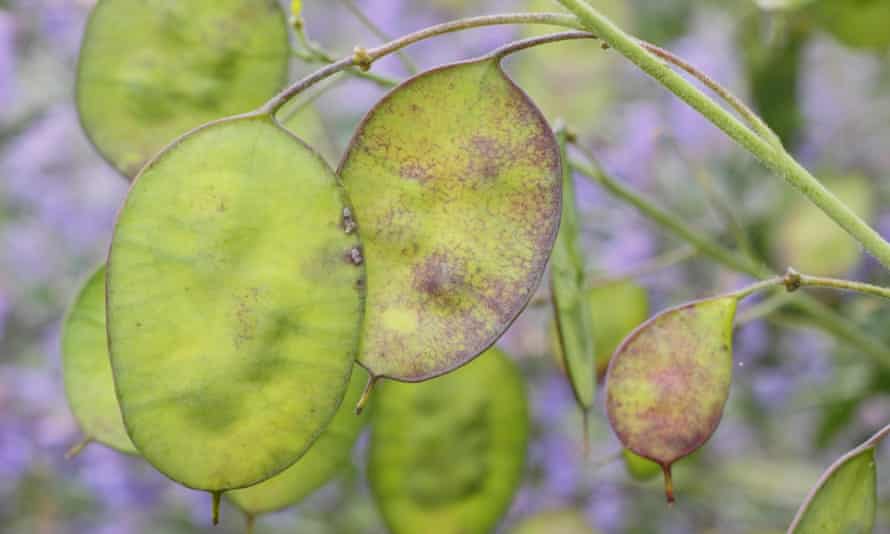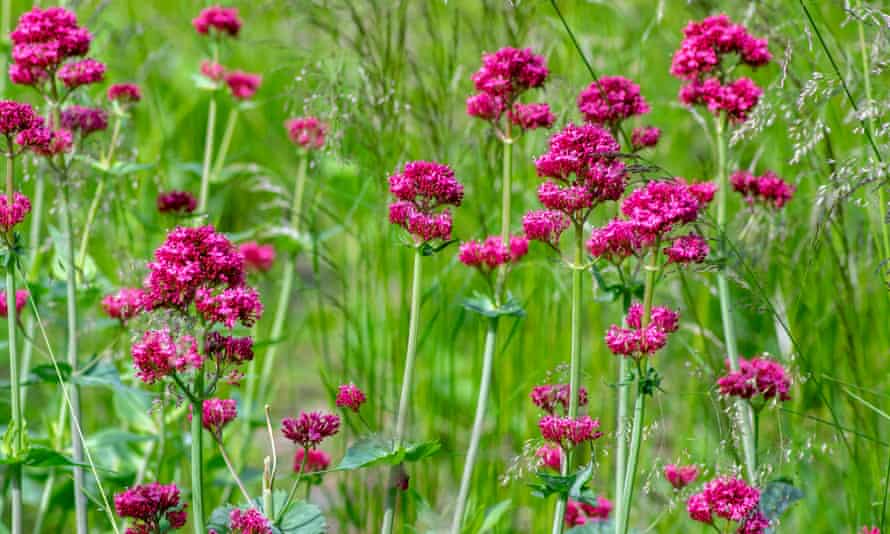How to tidy up an unruly garden
A little judicious pruning and deadleafing goes a long way towards treating weather-battered plants

Rain, wind, sun, rain, wind, sun: this summer’s varied weather has led to a lot of lank growth, which means things are flopping all over the place, or running amok. I certainly have some geraniums intent on taking over the world. Right now, these plants, whether in a window box or a flowerbed, often need a gentle tending to so that your plot can gracefully recline in early autumn with dignity.
It can be daunting to know where to start when your garden starts to take on a life of its own. Don’t panic. First, brew a cuppa and take a proper look at the whole space, in full: what do you want to highlight; what should be thinned; what needs to go completely? Then, I work in sweeps. First, I go through and stake anything that needs a helping hand – often it’s the tall stuff, such as sunflowers, asters, dahlias and herb fennel. Then I deadleaf anything that is scorched, rotting or too tattered, particularly large-leafed plants, such as courgettes, brassicas or rhubarb, that have older leaves sitting on the surface of the soil. A large, rotting leaf is a slug mecca, and by keeping the base of the plant free you can eliminate a lot of damage.

Then I gently correct anyone who’s not being a good neighbour. I have a lot of self-seeded oats that I grow for herbal medicine, and these tend to lean on to their nearest around now, so a little judicious pruning can make a surprisingly big difference to how dishevelled the garden looks.
Likewise, it may be necessary to thin or prune back any self-seeders that are taking up too much space or are going to rain down so much seed that next year will be spent exclusively weeding out the next generation. Nasturtiums, opium poppies, honesty, Angelica gigas, verbascum, orachs, feverfew, salad rocket, mallows or valerians all have a habit of this.

If you cut back short-lived species – such as red valerian, Centranthus ruber and its pure white form C. ruber ‘Albus‘ – hard towards the end of this month to stop them from setting seed, then you can stimulate vegetative growth, which means the plants will stick around that bit longer next year.
However, deadheading of other things needs to be thought out, because if you want to collect seed, then you want it to ripen in the usually good spell of early September weather and not in the wet that follows. This means you should stop deadheading towards the end of this month. This is particularly true for dahlias, which are surprisingly easy to grow from seed and flower in their first year, and runner/french beans that you might want for dried beans to eat over winter.
